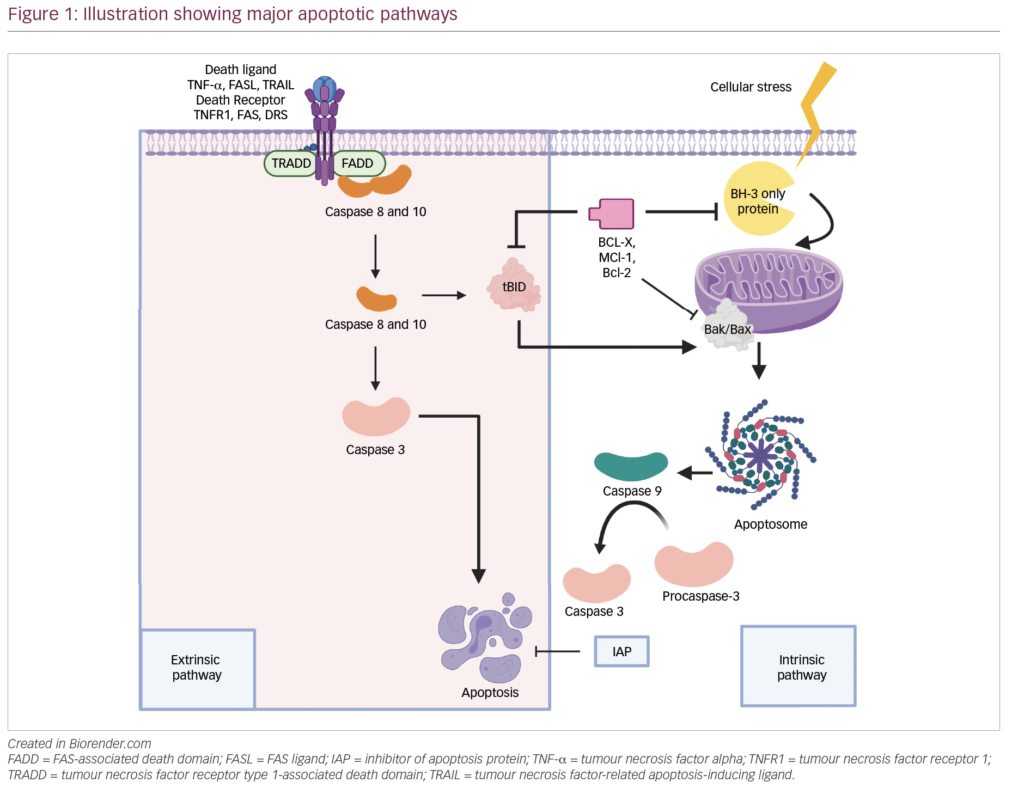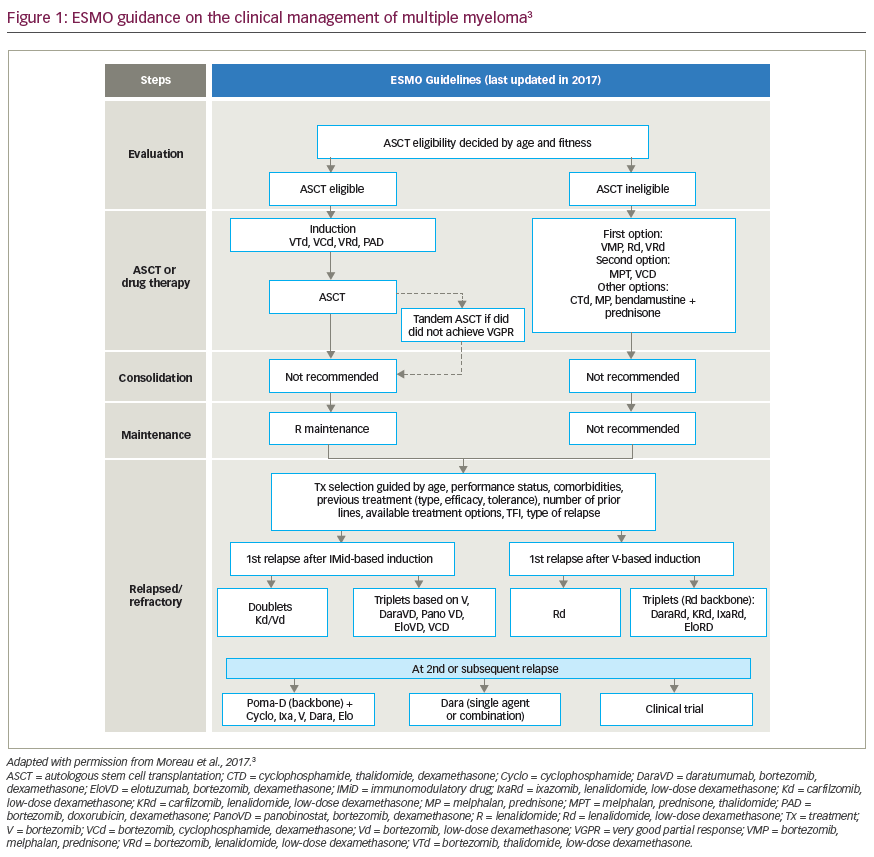One of the unique characteristics of multiple myeloma (MM) is the presence of the precursor stage that often lasts for over a decade before active therapy is required, namely monoclonal gammopathy of undetermined significance (MGUS).1,2 While it seems intuitive that we could intervene at the time of recognition of the clonal process, patients with MGUS have a low risk of progression to MM, roughly 1% per year, meaning the majority of these patients (>80%) will never require therapy.3 Clearly that is not a viable strategy with the currently available therapies, all of which carry substantial risk of toxicity and have not been able to achieve clonal eradication. If we could precisely identify those patients that are destined to progress, then intervention may be justified, but we lack tests with high degree of specificity.
However, a small proportion of these patients may evolve through an intervening phase called smoldering multiple myeloma (SMM), characterized by a higher clonal tumor burden and a substantially higher risk of progression of ~50% in 5 years.4 While this increases the odds of benefit we may still subject a significant number of patients to unwanted therapy, especially given the older age of these patients. There have been significant efforts to discern factors that predict for early progression in patients with SMM. These led to identification of serum-free light chain ratio of ≥100, marrow plasmacytosis of ≥60% and the presence of more than one lesion on magnetic resonance imaging in the marrow which are associated with risk of progression of over 80% in 2 years. Given the potential life-threatening complications that patients with MM can present with, some of which can be irreversible, there was a general agreement in the field that these patients should be considered as active myeloma and treated as such, leading to the revised diagnostic criteria.5 This represents one of the biggest paradigm changes in the field in the past three decades, one where we moved away from the conventional belief that intervention should be reserved for patients with end organ damage from the monoclonal process such as the CRAB features (calcium, renal failure, anemia, bone lesions). Once this rubicon was crossed, there was increasing acceptance of the need to pursue clinical trials exploring benefits of early intervention in SMM.
While it may be intuitive, we have the responsibility to demonstrate, through carefully designed prospective randomized trials, the benefit of early intervention. This is particularly relevant as early intervention in cancers have not consistently translated to survival improvements. Clearly, there are several sets of data that point towards high likelihood of success for this approach. Genomic studies have shown increasing genetic complexity with disease progression and, coupled with the clonal evolution seen in the disease, an early intense intervention may have a better chance at eradicating the culprit clone. Intervention in conditions such as light chain amyloidosis, where the clone is typically small, have led to better long-term control of the clone compared with the results seen in myeloma. The concern is always whether we may end up harming the patients. The first randomized trial in this setting, which involved treating high-risk patients with SMM with lenalidomide and dexamethasone, did in fact demonstrate improved survival.6 While the diagnostic approach for these patients was lacking in advanced imaging and may have included patients with active disease, it did allay concerns that we may be harming patients by early intervention.
This has led to the development of several single arm and phase III trials examining the concept of early intervention in MM. Broadly, these have taken two different strategies. One is to use conventional treatment approaches with less intensity and a lower-risk profile, and administer them for a long period of time to halt or slow progression. This alternate approach has been to give intense therapy for a limited period with the goal of eradicating the underlying clone and potentially "cure" the disease. Well-designed correlative studies examining the changes in the tumor cell and the tumor microenvironment during the course of these interventions provide us with valuable information regarding the disease biology and evolutionary changes, which can further expand the field. Clearly, we are looking at the dawn of a new era in the management of myeloma that may finally bring us the bragging rights of being able to cure the disease.












